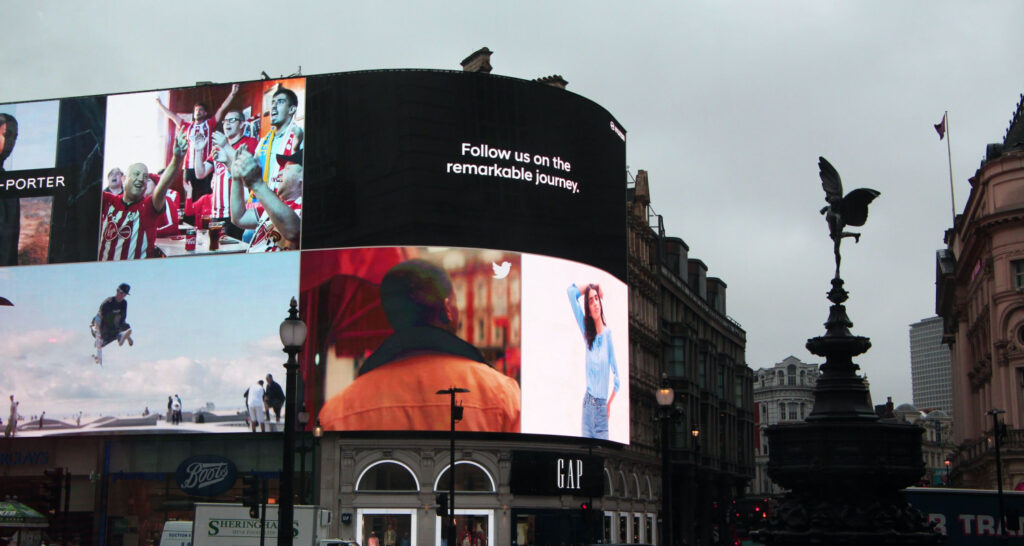Out-of-Home (OOH) advertising is vital in today’s marketing landscape. Whether it’s billboards on the highway, ads on public transit, or digital displays in public spaces, OOH puts your brand in front of consumers when they’re on the move in a world where people are constantly distracted by their phones and streaming content, Out of home advertising cuts through the noise to capture attention.
Five memorable outdoor advertising campaigns, including McDonald’s sundial ad using their arches as shadows, Spotify’s bus shelter ads showing music playlists, Copenhagen Zoo wrapping buses to look like they were attacked by King Kong, an airport casino decorating the luggage belt like a roulette wheel with suitcases, and KitKat wrapping benches to look like their chocolate bars for people to sit on.
Within advertising objectives, achieving strong brand awareness and visibility is paramount. OOH is one of the most effective mass-market advertising channels for businesses looking to strengthen their brand awareness and visibility. From classic billboards to innovative transit shelters, the options for getting your message in front of large audiences are endless. The following article will explore some best practices for using OOH advertising and highlight real-world examples of successful campaigns.
Benefits of Out-of-Home Advertising
Out-of-Home Advertising or OOH Advertising refers to placing advertisements outside the home, like billboards, bus stops, trains, and metro stations. It allows brands to reach large audiences when people are on the move. OOH ads are big and eye-catching, making it hard for people to miss them. Common OOH ad locations are streets, malls, airports, and other public places. So this is what out-of-home advertising is.
Here are some key benefits of using out-of-home advertising:
High Visibility and Reach
OOH ads are placed in public places with high traffic.  Since people see them during their daily commutes and routines, they have good visibility and reach potential customers. Ads on buses, billboards, etc., are hard to miss.
Since people see them during their daily commutes and routines, they have good visibility and reach potential customers. Ads on buses, billboards, etc., are hard to miss.
Targeted Messaging
With OOH, advertisers can target specific audiences based on location.  Ads near schools will reach students, while those on highways reach commuters. This allows tailoring messages to the most relevant groups.
Ads near schools will reach students, while those on highways reach commuters. This allows tailoring messages to the most relevant groups.
Brand Awareness and Recall
Seeing an ad while on the move makes it easy to remember. OOH memorably creates awareness.  It reminds people of your brand while they’re going about their day.
It reminds people of your brand while they’re going about their day.
Complements Digital Marketing Efforts
OOH works well with online ads. An ad someone sees offline may drive them to search for your business online later.  OOH and digital ads create multiple brand touchpoints that reinforce each other.
OOH and digital ads create multiple brand touchpoints that reinforce each other.
See Also: Advertising vs. Promotion: Which One is Relevant for You?
Types of Out-of-Home Advertising
Let us look at the types of out-of-home advertising:
Billboard Advertising
Billboards are large signs on roads and highways to advertise to people in cars.  They come in different sizes but are usually very big, so people can see them from far away as they drive by. Billboard ads use bright colors and simple messages to catch the attention of drivers who only see them for a few seconds. Popular locations for billboards include near highways, cities, and busy streets.
They come in different sizes but are usually very big, so people can see them from far away as they drive by. Billboard ads use bright colors and simple messages to catch the attention of drivers who only see them for a few seconds. Popular locations for billboards include near highways, cities, and busy streets.
Transit Advertising
Transit advertising uses vehicles like buses and taxis to reach people on the go. Ads are displayed outside or inside buses, trains, and taxi cabs.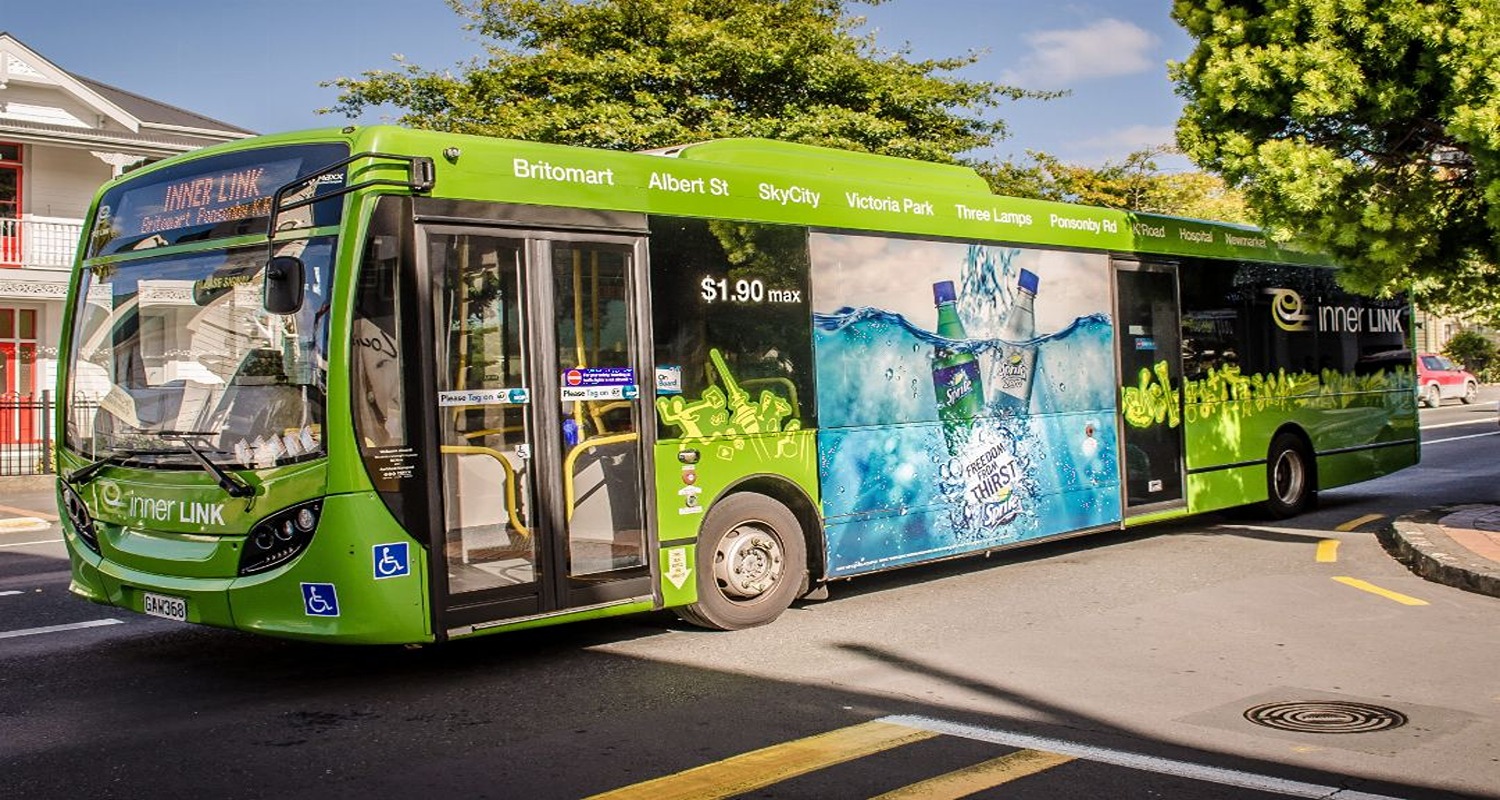 Bus ads cover the whole side of the vehicle so everyone waiting at a stop can see it. Taxi roof signs and screens inside cabs are also popular transit ad spaces. This type of mobile advertising lets brands advertise across an entire city as the vehicles drive around.
Bus ads cover the whole side of the vehicle so everyone waiting at a stop can see it. Taxi roof signs and screens inside cabs are also popular transit ad spaces. This type of mobile advertising lets brands advertise across an entire city as the vehicles drive around.
Street Furniture Advertising
Street furniture advertising places ads on objects found in public outdoor spaces like streets, parks, and malls.  Examples include bus stop shelters, benches, pay phones, and information kiosks. Brands design their ads to cover or wrap around these structures fully so people waiting have no choice but to notice the marketing message. Street furniture extends the reach of campaigns beyond static billboards.
Examples include bus stop shelters, benches, pay phones, and information kiosks. Brands design their ads to cover or wrap around these structures fully so people waiting have no choice but to notice the marketing message. Street furniture extends the reach of campaigns beyond static billboards.
Point-of-Sale Advertising
Point-of-sale or POS advertising targets consumers while they shop inside and outside stores. Ads appear in window and door displays as people enter a business to make impulse purchases.  They also appear on shopping carts and shelves within the store itself. The goal is to influence buying decisions at the exact time and place of sale.
They also appear on shopping carts and shelves within the store itself. The goal is to influence buying decisions at the exact time and place of sale.
Retail Advertising
Retail advertising promotes brands and products inside supermarkets and department stores. Ads are showcased on shelves, displays, and endcaps at the exact locations where items are stocked for easy discovery.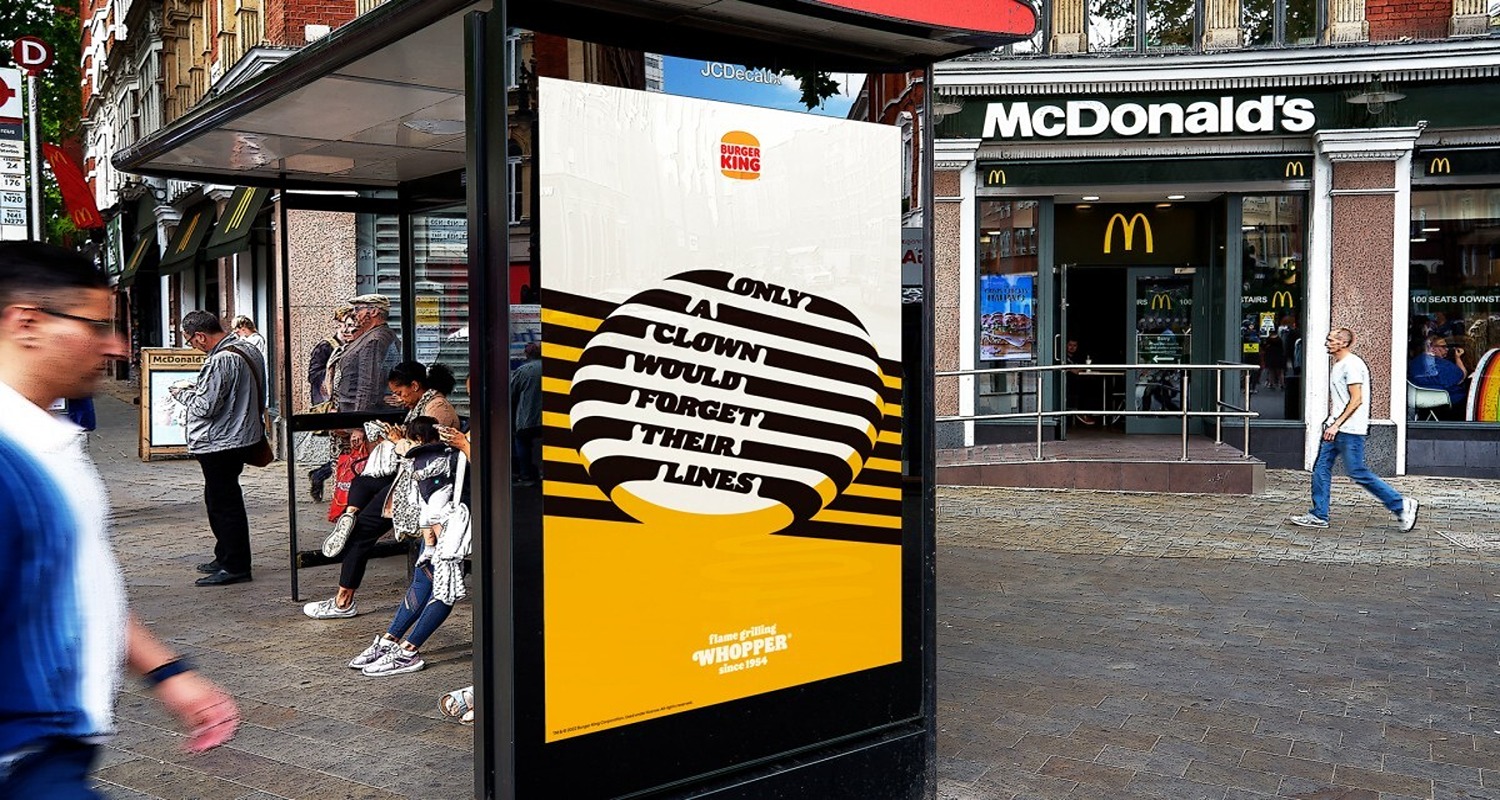 They introduce new offerings to customers who are already in shopping mode. Retail media also includes digital screens near checkout aisles with captive audiences.
They introduce new offerings to customers who are already in shopping mode. Retail media also includes digital screens near checkout aisles with captive audiences.
Construction Advertising
During building projects, construction sites become a unique advertising space.  Large banners or signs mounted on construction barricades or fences promote upcoming projects, developers, or businesses moving in. They attract the attention of both passersby and commuters detoured due to roadwork.
Large banners or signs mounted on construction barricades or fences promote upcoming projects, developers, or businesses moving in. They attract the attention of both passersby and commuters detoured due to roadwork.
Digital Out-of-Home Advertising (DOOH)
Digital out-of-home advertising uses electronic display screens to show multimedia ads on billboards, bus shelters, in-store displays, and other public areas. Unlike static signs, DOOH ads can be updated remotely in real-time and targeted to specific audiences.  They also offer interactivity through touchscreens and QR codes to drive online traffic. DOOH presents location-based opportunities for dynamic creativity.
They also offer interactivity through touchscreens and QR codes to drive online traffic. DOOH presents location-based opportunities for dynamic creativity.
Out-of-Home Advertising Campaigns: 5 Best Examples
Here five best out-of-home advertising examples are as follows:
McDonald’s Sundial Ad
McDonald’s created a sundial ad on a billboard that told time using the McDonald’s arches as shadows. 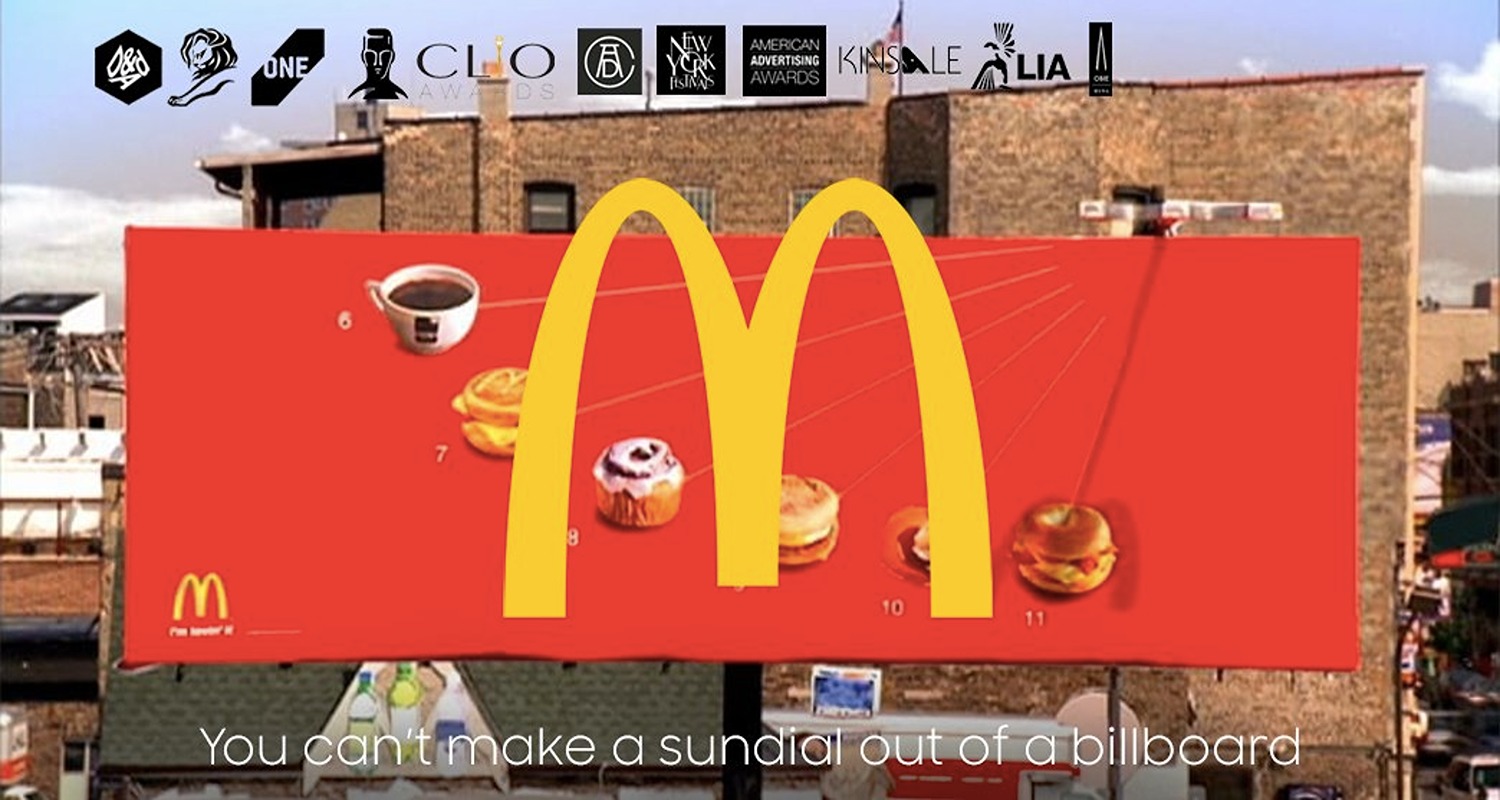 This creative ad captured people’s attention and curiosity. It showed how OOH ads don’t need words to be effective.
This creative ad captured people’s attention and curiosity. It showed how OOH ads don’t need words to be effective.
Spotify’s Latest Playlist Ad
Spotify put up bus shelter ads that looked like someone’s music playlist on their phone’s screen.  It listed real playlist names that changed throughout the day. This related to people’s daily lives and showed the value of Spotify playlists engagingly. It is one of the best out-of-home advertising.
It listed real playlist names that changed throughout the day. This related to people’s daily lives and showed the value of Spotify playlists engagingly. It is one of the best out-of-home advertising.
Copenhagen Zoo’s King Kong Ad
A movie studio advertised King Kong by wrapping city buses in Copenhagen to look like giant apes had attacked the buses.  This interactive ad brought the monster into the urban landscape to spark interest.
This interactive ad brought the monster into the urban landscape to spark interest.
Casino Ad on Airport Conveyor Belt
An airport casino decorated its luggage conveyor belt to look like an enormous roulette wheel, with suitcases emerging from the numbered slots. This creative use of airport space connected their brand to the travel and chance themes in a memorable fashion.  As in this Casino Ad airport conveyor belt, enhancing your advertising with creative strategies can significantly boost your output.
As in this Casino Ad airport conveyor belt, enhancing your advertising with creative strategies can significantly boost your output.
KitKat’s Sittable Benches
KitKat wrapped public benches to look precisely like their chocolate bars for people to sit on and “take a break.” This interactive street furniture ad linked their product benefits to real-life settings in a fun and shareable way.
Now that you have read about the five best examples of out-of-home advertising campaigns, you may also be interested in learning about some of the most innovative examples of digital advertising used by brands today, such as personalized ads on Facebook or interactive ads on YouTube.
Future Trends in Out-of-Home Advertising
Future trends that will be there in OOH advertising are:
Growth of Digital Out-of-Home
Digital billboards and screens will become more common. 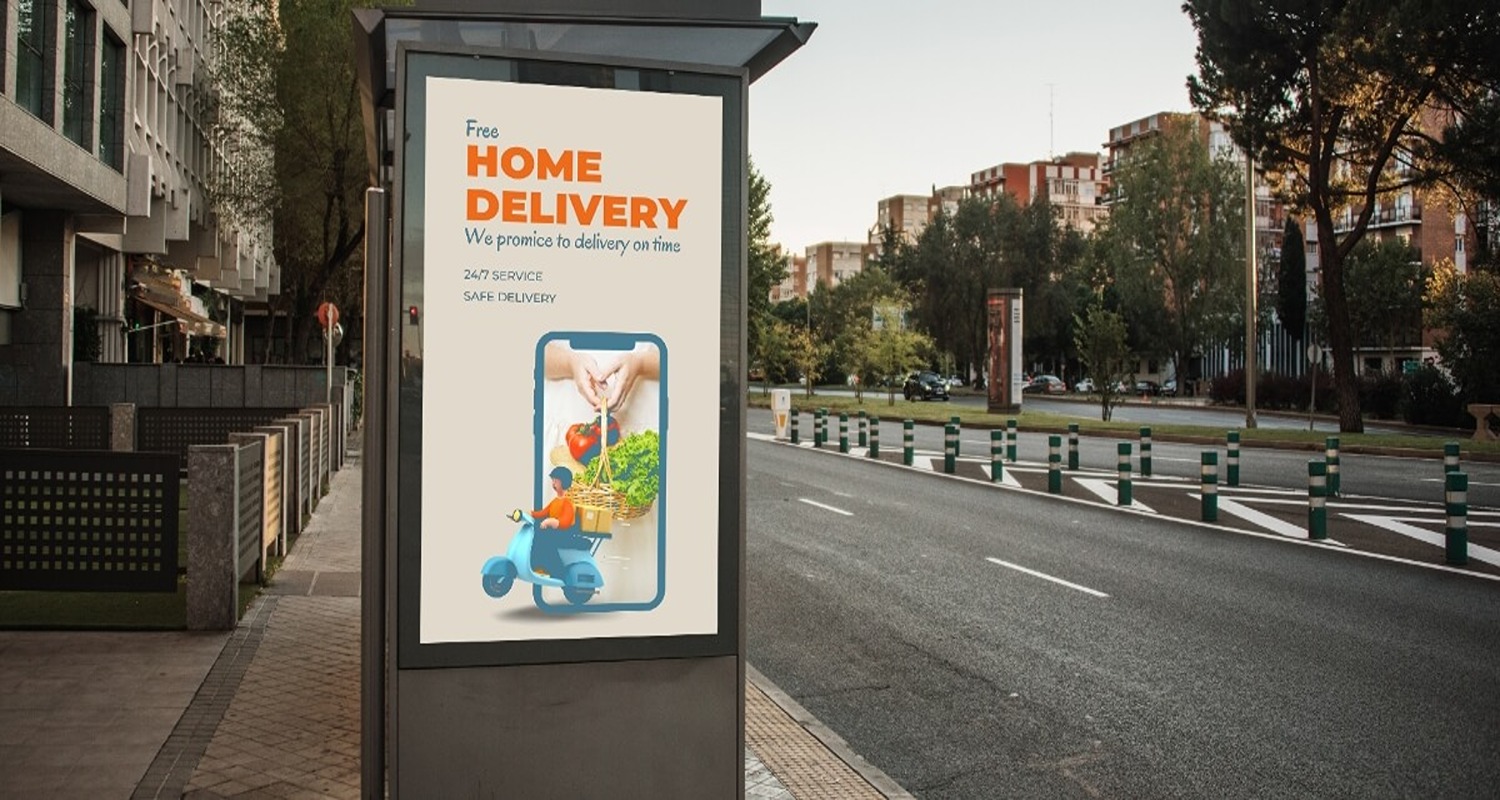 This allows ads to change quickly and be more enjoyable. Brands can use data to show suitable ads to the right people.
This allows ads to change quickly and be more enjoyable. Brands can use data to show suitable ads to the right people.
Integration with Mobile and Social Media
OOH ads will connect more with phones and social media.  QR codes and apps will let people learn more about brands on their phones, and ads can guide people to websites or stores.
QR codes and apps will let people learn more about brands on their phones, and ads can guide people to websites or stores.
Data-Driven Targeting and Personalization
Brands work with out-of-home advertising companies and use information like location and interests to create ads for each person. Ads in one area may be different than in another. Shops can show ads for things people usually buy there. Ads can also change based on things like the weather.
All these trends will make OOH ads more valuable and exciting for people. Brands can reach people better outside and online. Digital signs give more options to show the right message to the right audience. Connecting OOH and phones opens new ways for people to interact with campaigns. With data and targeting, every ad can be personalized. OOH will continue evolving to help brands connect with people everywhere.
See Also: Top 8 Movies & TV Shows About Advertising That You Should Watch
Challenges and Considerations
Challenges and considerations for out-of-home advertising are:
Measuring Effectiveness
Knowing how well OOH ads work can take a lot of work. Brands want to see sales or actions from ads.  Measuring this for outdoor ads was complicated before. Now, there are better tools using data to understand how many people saw ads and what they did after.
Measuring this for outdoor ads was complicated before. Now, there are better tools using data to understand how many people saw ads and what they did after.
Competition for Attention
With phones and screens everywhere, getting people to notice big outdoor ads takes work.  Brands must make ads eye-catching and exciting to break through. Using mobile features or interactive ads can help connect OOH to the digital world.
Brands must make ads eye-catching and exciting to break through. Using mobile features or interactive ads can help connect OOH to the digital world.
Weather and Location
Outdoor ads face weather risks like rain or snow that indoor ads do not. Ad places also matter a lot. Knowing who will see ads and where people are going is essential. New data helps brands choose the best locations.
Knowing who will see ads and where people are going is essential. New data helps brands choose the best locations.
Buying Inventory
In the past, getting ad space took a long time and many steps. Brands can quickly buy outdoor ad slots online like other digital ads. This makes OOH easier to use alongside websites and apps in a campaign.
This makes OOH easier to use alongside websites and apps in a campaign.
Creative Testing
It can be harder to test different ad creatives using outdoor formats. Changing physical ads costs more than online ones. More digital signs allow quickly switching creatives and learning what works best.
More digital signs allow quickly switching creatives and learning what works best.
FAQs
How is out-of-home advertising effective?
OOH ads can reach many people during their daily activities outside. People may see the same ad multiple times in different places. OOH also helps brands stand out from other ads people see online. Some studies show OOH can increase brand awareness and sales.
What is the best way to describe out-of-home advertising?
Out-of-home advertising promotes products or services using big displays and signs in public areas where people will see them during their day. This includes billboards by the road, posters at bus stops, and digital screens in places like malls.
How does OOH advertising work?
Brands work with out-of-home advertising companies to pick the best ad locations. These could be near stores, transit stations, or busy streets. The ads attract people’s attention as they pass by. OOH campaigns usually run for a set period, like several weeks. Data now helps see how many people saw each ad.
Is out-of-home advertising expensive?
The cost of OOH campaigns can vary a lot based on the size and location of the ads. Prime spots in large cities generally cost more than in rural areas. However, OOH can reach thousands of people daily, so the cost per impression is usually lower than TV. Prices also drop if buying digitally instead of printed posters. Overall, it’s an affordable way to get brand exposure.
Conclusion
This article discussed practical tips for out-of-home advertising, like choosing high-traffic areas, eye-catching designs, and relating ads to locations. It also highlighted successful OOH campaigns from brands like McDonald’s, Spotify, a Copenhagen zoo, an airport casino, and KitKat that were interactive, creative, and caught people’s attention.
The best outdoor ads spark curiosity, connect to people’s daily lives and environments, and use innovative formats to make memorable impressions on the intended audiences engagingly.

